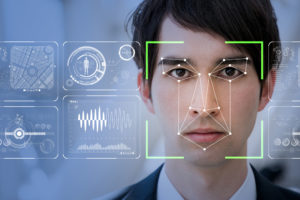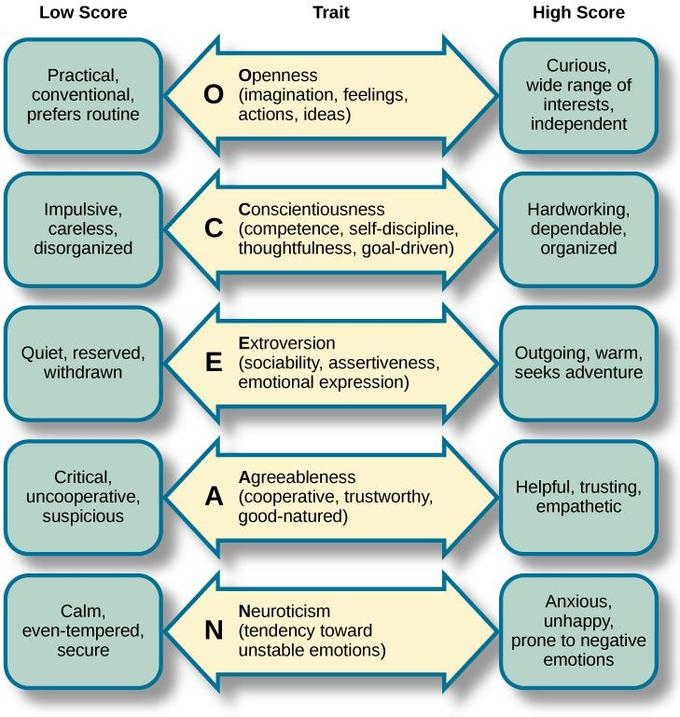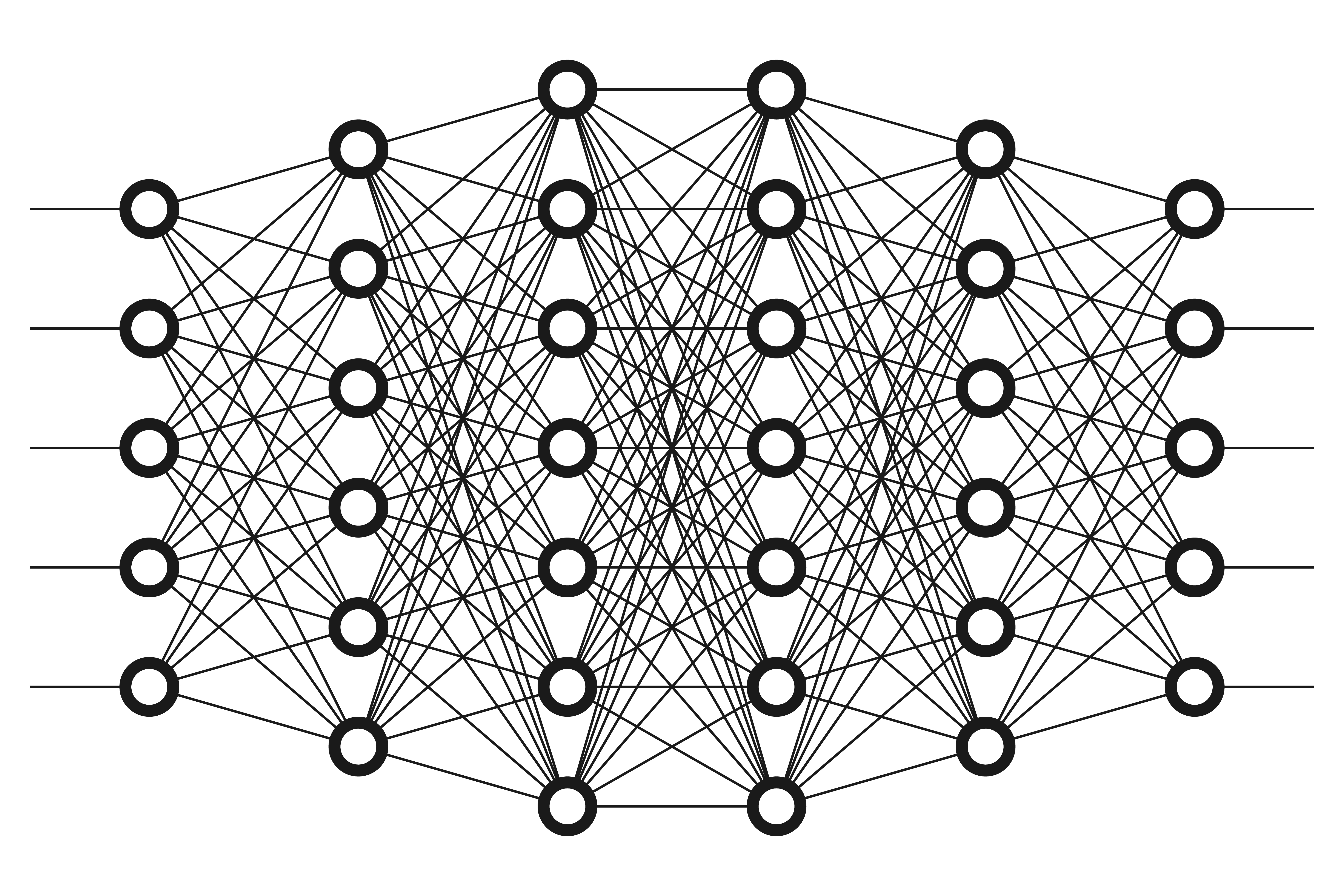
Deep Learning Reveals New Insights About People

(chombosan/Shutterstock)
Can a computer detect an author’s personality type, based only on a sample of his or her writing? Four researchers from Singapore and Mexico City sought to answer that question.
In their newly published study, the authors present a deep learning-based method that can figure out the psychological profiles of authors. They used a specially designed deep convolutional neural network. Their method analyzed various texts in order to identify the presence or absence of the Big Five personality traits. The full paper can be found in IEEE Intelligent Systems, a peer-reviewed academic journal.
This personality detection study signifies the vast potential of deep learning. With AI technology, people are looking to the future, but increasingly, machine learning is allowing us to look inwards, as well. Advanced pattern recognition is illuminating aspects of human behavior. Deep learning, in particular, has become an AI buzzword, with applications ranging from medical diagnostics to market research.
“Deep learning is a set of techniques that allow computers to solve a certain class of problems, such as automatically tagging the contents of pictures, or transcribing speech into text,” said François Chollet, a deep learning researcher at Google, when asked to explain this facet of machine learning.
“What’s special about deep learning is that it allows the computer to automatically discover rules to follow to solve a problem, through exposure to training examples, instead of having human programmers explicitly specify the rules,” he said.
The recently published deep learning study presented the researchers with unique challenges. Personality detection was a difficult classification task, partly due to the ambiguity of natural language, according to Erik Cambria, a co-author of the study and assistant professor at Nanyang Technological University.

Deep learning could be applied to the standard personality test
“Thanks to deep learning we made considerable progress towards the development of a system that can understand both users’ feelings and intentions,” Cambria said.
“We used the popular personality dataset called ‘Essays dataset’ by Pennebaker et al.,” said Soujanya Poria, a research assistant at Temasek Laboratories and co-author of the personality detection study. “Our system learnt from that set of essays.”
Their deep learning-based method was able to extract relevant features from text automatically.
“In average, our system obtained 59% accurate performance, a major improvement over the existing systems. Presently, we are extending this text-based personality identification using audio and visual data as shown in our recent study published in the International Conference in Data Mining,” said Poria. “This multimodal framework is capable of understanding speakers’ personalities, sentiments and emotions in multimodal interactions in real time.”
Their work has many implications for a research area called opinion mining. Alexander Gelbukh, a co-author of the study and research professor at the CIC of the Instituto Politécnico Nacional, said that companies could potentially increase their revenue if they knew what users like and dislike in their products and services because they could modify accordingly. However, it is sometimes difficult for technology to automatically judge whether a specific comment on a product indicates that it’s good or bad, due to problems such as sarcasm and tone. Sentiment analysis can clarify the data.
“How should we cope with contradictory opinions? Here is where personality detection (and more generally, author profiling – guessing characteristics of the author of the opinion such as age, gender, education, religion, etc.) comes into play: people can be classified into personality types. Differences in people’s opinions can be understood, and predicted, by differences in their personality types,” explained Gelbukh.
Deep learning could automatically classify internet users by personality type, based on their writing. The technology is revealing key insights into our very humanity.

The “deepness” of deep learning comes from the multiple layers inside a neural network (all_is_magic/Shutterstock)
Excited by the vast potential, Gelbukh suggested other applications: “While our motivation was to enable personalized opinion mining, including personalized recommender systems, determination of personality type from the text can have other, no less important, applications, such as in education (selection of personalized learning plan), human resources management (determination of fitness for a particular profession), commerce (targeted advertising), health care (for example, large-scale mining for early detection of users with suicidal tendencies in social networks), and social security (mining for users with tendencies for terrorist activity), among many others.”
For their study, the authors also utilized a large dictionary that measures the emotional “charge” of words and expressions, which Erik Cambria developed with his team.
“For example, the words ‘holiday,’ ‘wonderful,’ ‘successfully,’ and ‘enjoy’ are strongly associated with positive emotions, while ‘failure’ and ‘hate’ are associated with negative ones. Analyzing the use of words in texts with artificial intelligence techniques allowed Erik to express the degree of association as a number,” said Gelbukh. By analyzing the usage of such words, the deep learning-based method was able to more accurately guess the personality types of authors.
In addition to distinguishing whether a user comment indicates that a product is good or bad, text-based personality detection could also be used to identify false product reviews that are paid for either by the company or its competitors.
Deep learning is revealing new insights about people. In addition to detecting the personality of users, it can even be used to design products that they want. One such example would be the Hemnet Home, also known as the “House of Clicks.”
Hemnet is a real estate website in Sweden. They wanted to use big data to design a dream house for Swedes. A team of data scientists analyzed over 200 million clicks on Hemnet in order to determine what people value in a home. Architects then designed a home that epitomized those qualities. The final design looked like a red cube with a functionalist style. Hundreds of buyers were interested in purchasing the house and the story quickly went viral. Computers had turned clicks into consensus.

Google’s deep learning technology was originally trained on cat pictures
Innovative applications of deep learning have been well-publicized. However, the term itself still confuses the general public. The technology works by filtering input data through a succession of data-processing layers. François Chollet explained, “That’s where the ‘deep’ in ‘deep learning’ comes from: the number of data-filtering layers in a model is called the ‘depth’ of the model, and deep learning deals with models that have lots of layers — models that are ‘deep’. It doesn’t actually refer to a ‘deeper’ form of learning!”
Chollet aspires to make deep learning technology accessible to as many people as possible. He is doing this through Keras, an open source and user-friendly deep learning framework that he authored.
Chollet said, “All you need to get started with Keras is some basic coding literacy. Keras is used to apply deep learning algorithms on all sorts of problems, from computer vision to natural language processing. It is used by researchers and students, but also by dozens of startups and some large companies. For instance CERN in Europe uses it to analyze particle data from the Large Hadron Collider. The startup Comma.ai, based in San Francisco, is using it to build a self-driving car. Netflix is using it to build recommendation systems.”
Deep learning models are currently responsible for the photo search in Google Photos, the speech recognition in smartphones, and the photo-tagging facial recognition in Facebook. As the private sector begins to comprehend the unique and immense value of deep learning, there is also a surging demand for AI expertise. NVIDIA, a technology company based in Santa Clara, California, just announced plans to train 100,000 developers through its NVIDIA Deep Learning Institute.
A spirit of cooperation underlies the research that is happening in deep learning and other areas of AI. During a US Senate hearing on “The Dawn of Artificial Intelligence,” Greg Brockman, CTO of OpenAI, stated, “Perhaps surprisingly, the industry labs are publishing everything they discover. Publication allows them to pool their resources to create faster breakthroughs, and to attract top scientists, most of whom are motivated more by advancing society and improving the future, than personal financial gain.”
Brockman noted that companies withhold the details of their products in order to stay competitive. However, they publish and share their basic research. “Openness enables academia and industry to reinforce each other,” he explained.
François Chollet echoed this sentiment. “If you look at the people who are working on AI and what motivates them, I think in general you see two things,” he said. “On one hand, these people want to create a better future. They want to create great, useful products like AI assistants, they want to build cool robots, and so on. Basically they want to build the future that science fiction promised them when they were young. On the other hand, another key motivation is more philosophical in nature: it is to understand how the human mind works, by re-creating intelligence from scratch. Understanding something deeply means that you should be able to re-create it.”
About the author: David Pring-Mill is a writer and filmmaker. His nonfiction writing has appeared in The Los Angeles Times, The National Interest, openDemocracy, Independent Voter Network and many other publications. Follow him online: www.pring-mill.com, twitter.com/davesaidso.
Related Items:
Machine Learning, Deep Learning, and AI: What’s the Difference?
Why Deep Learning, and Why Now






























